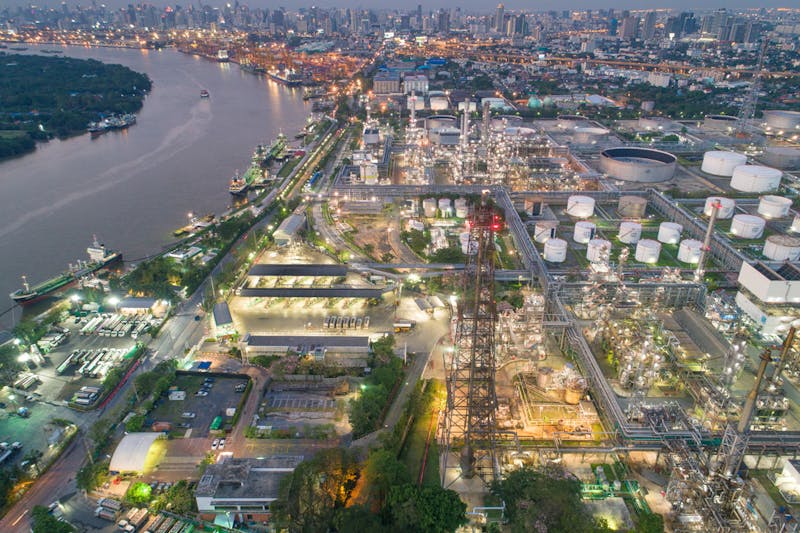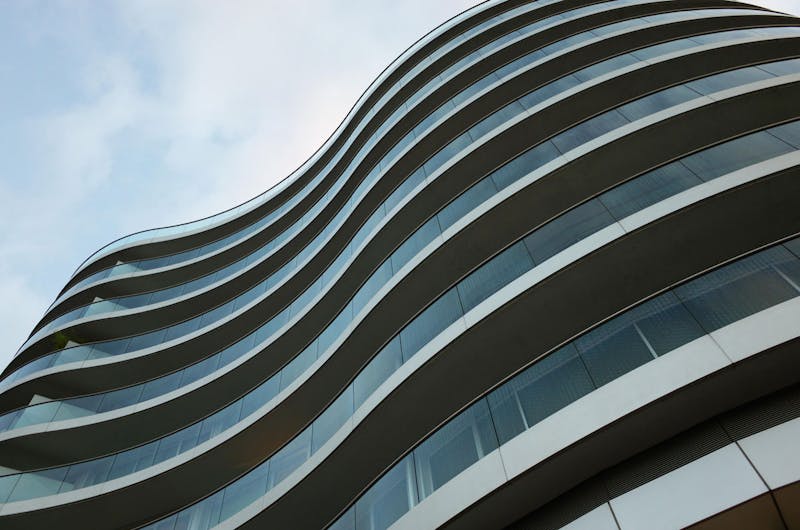Blog
Would Hostile Vehicle Mitigation Measures Protect Our Building?

Hostile Vehicle Mitigate (HVM) is an essential consideration in environments where there is a risk of a vehicles being used as a weapon—either intentionally (e.g., terrorist or criminal attacks) or unintentionally (e.g. through driver error).
In crowded places like shopping streets, stadiums, festivals, transport hubs and other similar environments, people are vulnerable to vehicle attacks. HVM helps prevent vehicles from entering pedestrian zones, reducing the risk of injury or death.
In locations considered as Critical National Infrastructure, such as Government buildings, embassies, airports, power stations and data centres, vehicles can be used to interrupt business operations and perpetrate acts of terrorism. HVM can stop or slow down unauthorised vehicles before they reach these key assets.
If you are involved in the construction or management of these types of facilities you’ve likely encountered the term hostile vehicle mitigation. You might even be asked about it by local authorities or insurers, particularly in light of the new Terrorism (Protection of Premises) Act 2025.
Hostile vehicle mitigation refers to the use of physical security measures to prevent unauthorised vehicles from reaching protected areas. It is designed to reduce the risk of deliberate attacks where a vehicle is used as a weapon, such as vehicle-ramming or car bombing, as well as accidental collisions.
The challenge is knowing whether it might be appropriate for your specific site and, if it is, what an effective solution might look like. Hostile vehicle mitigation (HVM) is not just about bollards. It's a critical part of a broader strategy to protect your building from vehicle bornethreats.
At Cornerstone, we provide early-stage, independent advice to help clients navigate these decisions with clarity and confidence. We help you determine if HVM is necessary, what form it should take, and how to integrate it with other physical security measures for a seamless, effective design.
Explore our hostile vehicle mitigation services or book a consultation with our experts.
Key takeaways
- Hostile vehicle mitigation protects buildings and people from deliberate and accidental vehicle-based threats
- It is often triggered by planning conditions, insurer requests, or new counter-terrorism infrastructure standards
- HVM consultants should begin with a context-driven risk assessment, not a standard set of product solutions
- HVM is just one element in a larger system of physical security measures and perimeter security solutions
What is Hostile Vehicle Mitigation?
Hostile vehicle mitigation refers to the strategic use of barriers, landscaping and access controls to stop unauthorised or hostile vehicles from approaching protected zones.
Whether preventing a terrorist from ramming a crowd or stopping a van from crashing into a data centre, the goal is always the same: reduce risk to life, property and operations.
Modern HVM solutions go far beyond concrete blocks or basic bollards. They include reinforced street furniture, rising kerbs, vehicle traps and traffic calming, all chosen based on the nature of the threat and how the site is used.
The best perimeter security solutions not only reduce vehicle based threats but also maintain access and aesthetic continuity.

When Should You Consider HVM?
You don’t need to be a government site to require protection from a rogue vehicle.
In fact, many projects encounter hostile vehicle mitigation as part of:
- Local authority planning consultations
- Insurance conditions on high-footfall buildings
- A need to reassure the public
Not Every Site Needs It — But How Do You Know When it Does?
One of the most common questions clients ask is whether they should consider the use of HVM measures.
The truth is that only a structured risk assessment can answer that definitively. Not all threats are equal, and not all mitigation measures are appropriate for every location.
A misplaced or misunderstood solution can be worse than none at all, impacting accessibility, aesthetics or daily operations. At CornerStone, we treat hostile vehicle mitigation as one element of a full-spectrum physical security measures strategy.
It must align with how a site functions, the treats that are applicable, how people move about, and what actual level of risk exists.
Common Site Triggers for HVM Consideration
Recognising the signs that your project or site may require HVM is the first step.
While not exhaustive, these scenarios often point to the need for professional guidance from HVM consultants:
- Your site is accessible by vehicles and attracts regular public gatherings
Locations such as civic centres, markets, sporting venues, event spaces and education facilities often see large footfall close to vehicle access points. These are at heightened risk from both hostile and accidental vehicle threats.
- Your building sits near symbolic or high-risk assets
Even if your site is not a direct target, being adjacent to government buildings, transport hubs, or sensitive infrastructure increases the risk profile, making hostile vehicle mitigation a consideration.
- Your site or business operation is designated as Critical National Infrastructure (CNI)
If you operate a site designated as CNI you will probably be advised to consider the use of HVM measures in many situations. Defining the specific needs and potential solutions is where CornerStone can help.
- Your planning or insurance guidance mentions security risks
Local planning authorities and insurers increasingly expect a demonstrable commitment to perimeter security solutions as part of safety and liability management. Ignoring these prompts can result in delays or higher premiums.

Why Off-the-Shelf Barriers Are Not the Answer
When people think of HVM, they often picture concrete blocks or metal bollards. But not every building needs them, and for those that do, the right choice depends on how the site operates. A well-designed, fully integrated defensive landscaping scheme can often provide an aesthetically preferable resolution, but every situation requires careful consideration and a unique design solution based on a broad range of variable attributes.
Effective hostile vehicle mitigation starts with a thorough, context-driven assessment, considering:
- The types of threats the site faces
- Patterns of pedestrian and vehicle movement (this will often include a Vehicle Dynamics Assessment)
- Access requirements for emergency and service vehicles
- The visual and functional goals of the public or development
- Regulatory compliance (Terrorism (Protection of Premises) Act 2025)
A security product is only as good as the way it is incorporated within a comprehensive and fully considered design. The most elegant physical security measures are invisible to the untrained eye, seamlessly embedded into the site layout, materials and function.
That’s why CornerStone’s HVM consultants do not sell products or push catalogue solutions. We work independently, often as part of the broader design team to help architects, developers and asset owners plan intelligently, acting as your expert partner from concept through to implementation.
Hostile Vehicle Mitigation as Part of a Holistic Security Solution
No single measure can secure a site. That’s why we treat hostile vehicle mitigation as part of a wider, integrated strategy that also includes:
- Access control
- Physical protective measures
- Surveillance and monitoring
- Human behavioural considerations
- Integration with cybersecurity, where appropriate
Comprehensive protection demands holistic thinking. A siloed approach to security may result in conflict, cost, or ineffective outcomes.
Our independence ensures that each recommendation supports not only defined objectives but compliance requirements, operational efficiency and long-term investment value, whether you're safeguarding a financial headquarters, a healthcare trust, or a major urban regeneration project.

Build Security into Your Site from the Start
The most effective hostile vehicle mitigation begins long before concrete is poured, or permissions are granted. Early expert input not only strengthens protection, it streamlines planning, reduces cost, and ensures alignment with wider site priorities.
Speak to CornerStone’s independent consultants today for clear, conflict-free guidance on how to protect your building from vehicle threats. Visit our hostile vehicle mitigation page or get in touch to arrange a consultation.
Reimagine risk with insight, not afterthought.


